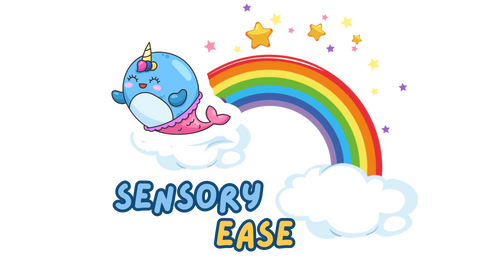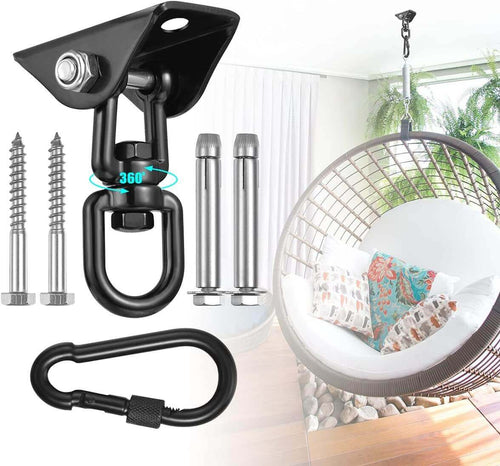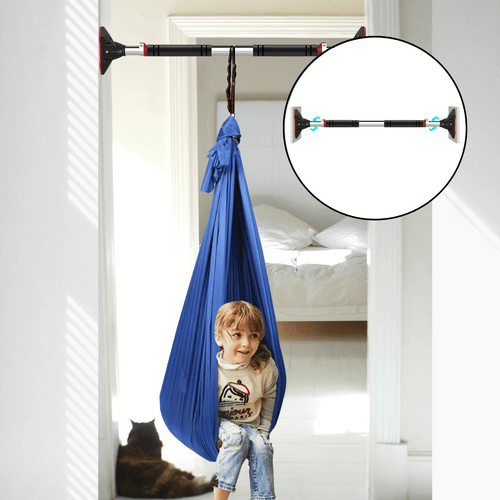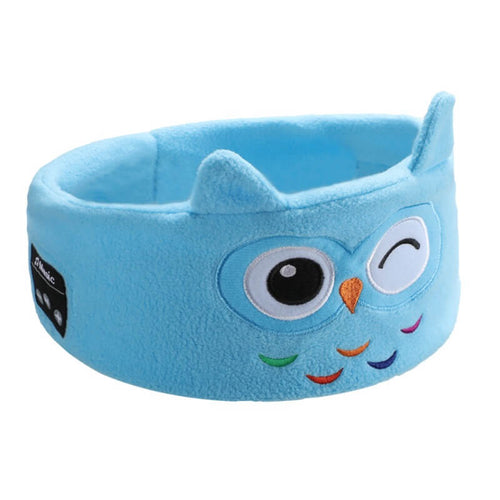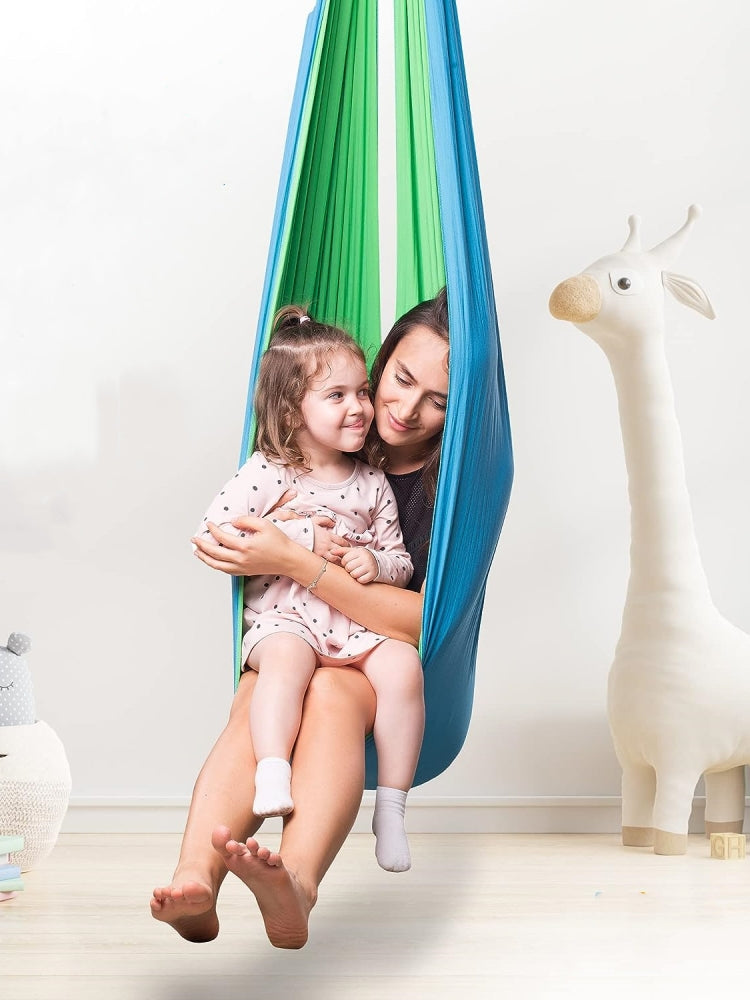Your Guide to Choosing the Right Product
Q1. What is a sensory product for autism, and how does it work?
A1. A sensory product for autism is designed to provide tactile, visual, auditory, or olfactory stimulation that can help individuals with autism regulate their senses. These products help create a calming environment where people with autism can feel comfortable and safe.
Q2. What are the benefits of using sensory products for autistic individuals?
A2. Sensory products can help improve communication, reduce anxiety, promote relaxation, and enhance overall well-being in individuals with autism. They provide a way for individuals with autism to interact with their surroundings and engage with the world around them.
Q3. How do you choose the right sensory product for your child with autism?
A3. Choosing the right sensory product involves considering factors like your child's age, interests, and specific needs. It's important to consult with a healthcare professional or occupational therapist who can guide you in selecting appropriate products.
Q4. Can sensory products help with behavior issues in autistic children?
A4. Yes, sensory products can be effective in managing behavior issues in autistic children. Sensory stimulation can help alleviate anxiety and frustration, leading to improved behavior and attention.
Q5. What types of sensory products are available for autistic individuals?
A5. There are a wide variety of sensory products available for autistic individuals, including weighted blankets, fidget spinners, chewable jewelry, sensory swings, and noise-cancelling headphones. The right product will depend on the individual's specific needs.
Q6. How often should a child use sensory products?
A6. The frequency of using sensory products will vary depending on the individual's needs. In general, it's recommended to use sensory products as needed to help the individual regulate their senses and manage behavior.
Q7. Can sensory products be used in schools or therapeutic settings?
A7. Yes, sensory products can be used in schools or therapeutic settings to help students with autism manage their sensory needs. Many schools and therapy centers have sensory rooms equipped with a variety of products.
Q8. What are some safety considerations when using sensory products?
A8. It's important to choose sensory products that are age-appropriate, durable, and safe for use. Parents and caregivers should always supervise the use of sensory products and ensure they are being used correctly.
Q9. How can sensory products be incorporated into a daily routine for someone with autism?
A9. Sensory products can be incorporated into a daily routine by using them during specific activities or times of day when sensory input is needed. For example, a weighted vest may be worn during schoolwork or a sensory swing may be used before bedtime.
Q10. Do sensory products require any special maintenance or cleaning?
A10. Some sensory products may require special maintenance or cleaning, such as washing chewable jewelry or wiping down a sensory swing. It's important to follow the manufacturer's instructions for care and maintenance.
Q11. Can sensory products be used in conjunction with other therapies?
A11. Yes, sensory products can be used in conjunction with other therapies like occupational therapy or behavioral therapy. Sensory products can help support the goals of these therapies and enhance their effectiveness.
Q12. How long does it take to see results from using sensory products?
A12. The length of time it takes to see results from using sensory products will vary depending on the individual and the specific goals. Some individuals may experience immediate benefits, while others may take longer to respond.
Q13. Are there any risks to using sensory products?
A13. As long as sensory products are used correctly and under supervision, there are no known risks to using them. However, it's important to consult with a healthcare professional before beginning use.
